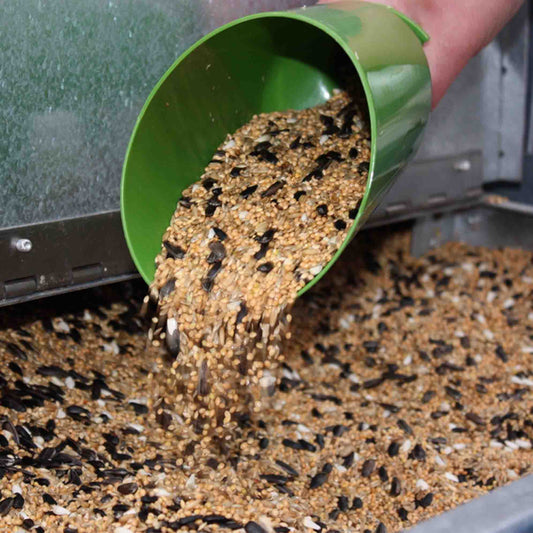
Facts About Moles
Share
We’ve all heard the song lyrics ‘I am a mole and I live in a hole’ but how much do we really know about this small mammal that lives a very subterranean lifestyle?
Moles can live up to 3-5 years feeding on earthworms and insects but did you know that when moles first occupy a new area they will test it to see if food is present. By making a surface tunnel, which is quick and easy to dig, they then can detect how much food is nearby. If hardly any food is present, then the mole will move on to a new area.
If, however, food is in good supply, a mole will dig an extensive tunnel system on many levels compressing down the sides and floor. When digging near to the surface, they push any excess soil upwards to get rid of it. Don’t confuse a rat burrow with a mole tunnel – rats have worn pathways towards the entrance whereas mole tunnels are always blocked with a hill.

They are quite small creatures, only around 6 inches long, which is surprising considering the size of some molehills. Apart from the breeding season, which is in April, moles usually live alone and will defend their tunnel system with some heartfelt aggression.
You may wonder how they breathe living virtually underground- well, moles have adapted to live in a low oxygen environment even blocking up any open tunnel to prevent fresh air from filling up their passageways.
If during winter the ground where they live becomes submerged, and although being able to swim very well, they will move to drier ground which is why in winter you may see more molehills being formed.

Despite what you may think moles are not nocturnal and will sleep for around four hours then be active for four hours; they are however virtually blind and can only detect light and dark. In their subterranean world, they use very sensitive hairs and whiskers to move around.

Written by Angela & Chris








